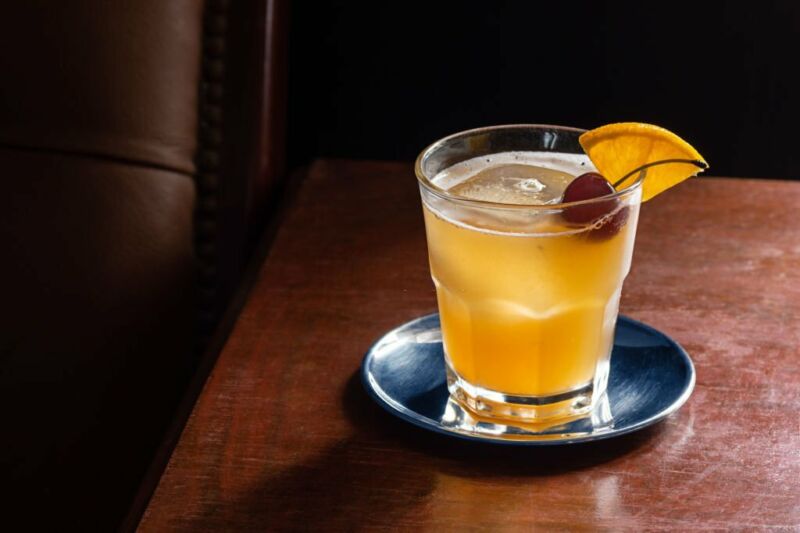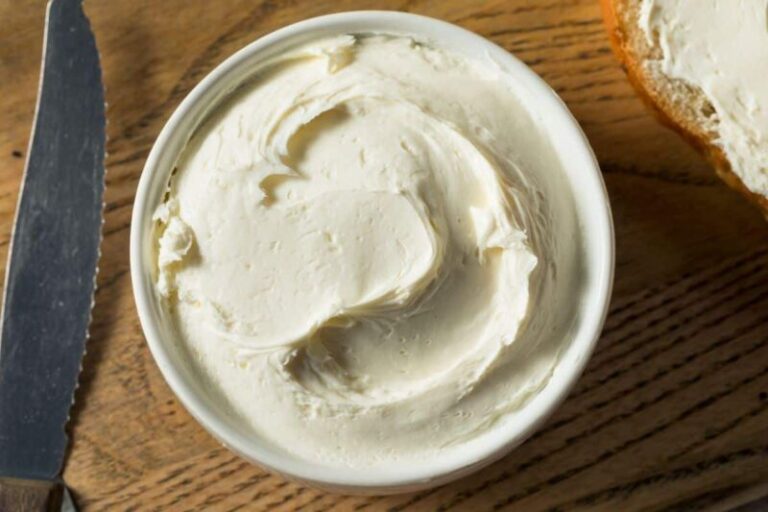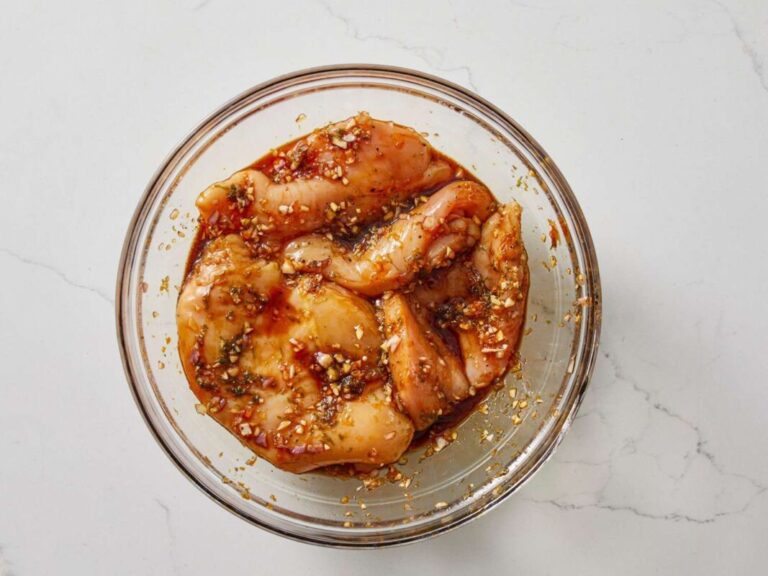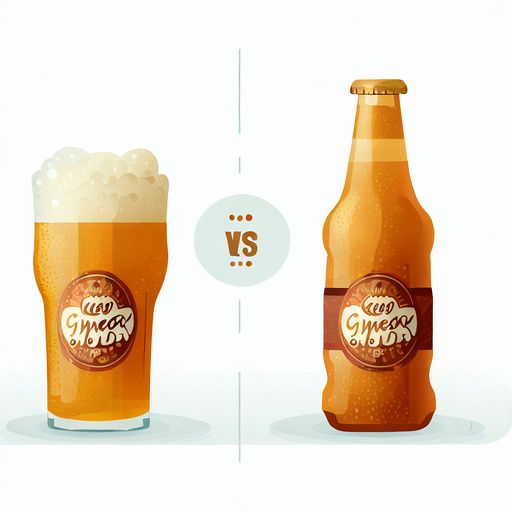How Much Alcohol Is In Amaretto?
As someone who enjoys the occasional cocktail or baked good with amaretto, I appreciate its sweet, nutty flavor and aroma. However, I’m also mindful that even liqueurs and cordials pack an alcoholic punch. So how much alcohol is actually in amaretto?
In this article, we’ll take a deep dive into amaretto’s alcohol content, typical ABV percentages, and how that compares with other popular spirits. We’ll also highlight some classic amaretto cocktail recipes and discuss alcohol-free amaretto alternatives for those who want the flavor without the booze.
Whether you’re a fan of amaretto, curious about trying it, or simply want to make informed decisions around alcohol consumption, read on to learn all about this almond-flavored liqueur.
An Introduction to Amaretto
Amaretto is an Italian liqueur infused with the flavor and aroma of almonds or apricot kernels. It has a distinctive sweet, creamy texture and rich nutty taste. The name “amaretto” actually means “a little bitter” in Italian, referring to the faint bitterness imparted by the apricot kernels.
This liqueur dates back to the 1500s in Italy. Legend has it that a widow named Bernardina Faccenda created the first bottle of amaretto. She steeped apricot kernels from her orchard in brandy, resulting in a liqueur that became popular at her inn.
Over the centuries, amaretto evolved into a staple of Italian bars and cafes. Disaronno Originale, one of the earliest commercial brands, launched in Italy in 1525. Today, Disaronno continues to dominate the global amaretto market.
Amaretto’s sweet profile and almond essence makes it extremely mixable in cocktails. It also enhances desserts and baked goods. Let’s explore amaretto’s alcohol content next.
How Much Alcohol Is In Amaretto?
So how much alcohol does amaretto contain? The average ABV (alcohol by volume) percentage for amaretto ranges from 20% to 28%. This makes it less alcoholic than liquors like whiskey, rum, and gin, which are usually 40% ABV or higher.
For comparison’s sake, here are the typical ABV percentages for some popular spirits:
- Vodka: 40%
- Gin: 40%
- Whiskey: 40-50%
- Rum: 40%
- Tequila: 40%
- Amaretto: 20-28%
As you can see, amaretto ranks on the lower end of the alcohol spectrum. However, that 20-28% range still gives it a solid alcoholic kick. Let’s break it down further:
- At 20% ABV, a 1.5 oz shot of amaretto would contain 0.3 oz of pure alcohol.
- At 28% ABV, a 1.5 oz shot would have 0.42 oz of alcohol.
While liqueurs do have lower alcohol content compared to liquors, it’s still critical to enjoy them in moderation and responsibly. Their sweetness can sometimes mask the strength of the alcohol.
ABV percentages vary between amaretto brands and labels. For example:
- Disaronno Originale: 28%
- Lazzaroni Amaretto: 24%
- Saronno Amaretto: 24%
- Trader Vic’s Amaretto: 25%
Higher quality, more expensive bottles tend to have higher ABV levels. Cheaper, bottom-shelf brands are diluted with more sugar and flavorings, resulting in lower alcohol percentages.
Homemade amaretto can have wildly varying alcohol content based on the recipe. Steeping methods and the type of brandy used impact final ABV levels. Always check the percentage if enjoying homemade amaretto.
Now let’s explore some classic cocktails featuring this almond-flavored liqueur.
Popular Amaretto Cocktail Recipes
Amaretto’s sweet, nutty profile makes it an extremely mixable liquor. Here are some iconic amaretto cocktail recipes to try:
Amaretto Sour
This refreshing sour cocktail is often considered an introductory drink for amaretto. The amaretto sour balances the liqueur’s sweetness with tart lemon juice.
Ingredients:
- 1 1/2 oz amaretto
- 1 oz lemon juice
- 1/2 oz simple syrup
- 1 cherry for garnish
Directions:
- Add amaretto, lemon juice and simple syrup to a cocktail shaker filled with ice.
- Shake vigorously until chilled.
- Strain into a rocks glass filled with fresh ice.
- Garnish with a maraschino cherry.
With roughly 1 1/2 oz amaretto per drink, the ABV of an amaretto sour can range from 10% (with 20% ABV amaretto) to 14% (with 28% amaretto). The lemon juice and simple syrup balance out the sweetness.
Godfather
This classy, spirit-forward cocktail combines amaretto’s nutty sweetness with the smoky bite of whiskey. It’s a go-to order for experienced liquor aficionados.
Ingredients:
- 1 1/2 oz blended Scotch whiskey
- 3/4 oz amaretto
- 1 maraschino cherry for garnish
Directions:
- Add whiskey and amaretto to a mixing glass filled with ice.
- Stir until well-chilled.
- Strain into a rocks glass over fresh ice.
- Garnish with a cherry.
With a higher proportion of whiskey to amaretto, the Godfather cocktail ends up with an ABV around 20% on average. The amaretto smoothes out the whiskey’s edge.
Amaretto Manhattan
This spin on the classic Manhattan swaps out sweet vermouth for almond-flavored amaretto. It makes for a warmer, nuttier cocktail.
Ingredients:
- 2 oz rye whiskey or bourbon
- 1 oz amaretto
- 2-3 dashes Angostura bitters
- 1 maraschino cherry for garnish
Directions:
- Add whiskey, amaretto and bitters to a mixing glass with ice.
- Stir until chilled and diluted.
- Strain into a chilled coupe glass.
- Garnish with a cherry.
The sweet amaretto balances the strong bite of rye or bourbon whiskey. The amaretto Manhattan ends up with an ABV around 22% on average.
Next, let’s switch gears and talk about amaretto in food and baking.
Using Amaretto in Culinary Recipes
Beyond cocktails, amaretto’s distinctive almond essence makes it a popular ingredient in all sorts of recipes:
Cakes and Cupcakes
A splash of amaretto adds moisture and rich nutty flavor to cake batters and frostings. It works especially well in almond cakes or chocolate desserts. The alcohol cooks off during baking, leaving just the aroma behind.
Cookies
Amaretto cookies are a classic Italian dessert. You can also add a splash of amaretto to cookie doughs for a subtle almond flavor.Try amaretto in biscotti, almond cookies, or shortbread.
Tiramisu
This coffee-flavored Italian dessert relies on amaretto’s sweet, nuanced flavor. Most tiramisu recipes call for adding 2-3 tablespoons of amaretto to the layered cream filling. The amaretto nicely complements the espresso and cocoa.
Puddings and Custards
Amaretto’s creamy texture makes it a natural fit for elegant puddings and custards. Add a splash to flavor and enrich the dessert. It pairs especially well with chocolate or caramel custards.
Fruits and Berries
Fresh fruit salads and berries taste delicious with a drizzle of amaretto. The nutty liqueur also works nicely in fruit cobblers, crisps or pies. Peach and apricot desserts complement amaretto particularly well.
When cooking with amaretto, keep a few guidelines in mind:
- The alcohol will cook off fully when baked or simmered for over 2 hours.
- With shorter cook times, some alcohol remains, so exercise caution.
- Add amaretto at the end of cooking when you want to retain the alcohol content.
- Start with small amounts of amaretto, tasting as you go to gauge flavor impact.
If you prefer to avoid alcohol altogether, amaretto substitutes work wonderfully in recipes. Keep reading to learn about alcohol-free amaretto alternatives.
Alcohol-Free Amaretto Options
Several companies now produce non-alcoholic versions of amaretto for those who wish to avoid liquor entirely. These replicas aim to capture amaretto’s distinctive almond taste and velvety texture without the alcoholic kick.
Popular options include:
- Amoretti Amaretto Syrup: This concentrated syrup mimics amaretto’s flavor profile. Use it to sweeten drinks, desserts, yogurt, oatmeal, coffee and more.
- Marina Amaretto Syrup: Crafted in Italy, this syrup contains no alcohol or artificial ingredients. Drizzle it over ice cream, add to milkshakes or mix into cocktails.
- Lyre’s Non-Alcoholic Amaretto: Lyre’s zero-proof spirits line includes an uncannily accurate amaretto dupe. It can seamlessly sub into cocktails and recipes.
- Amaretto Coffee Creamer: Coffee creamers like Coffee-mate provide amaretto flavor without the alcohol. Add them to coffee, milkshakes or desserts.
- DIY Amaretto Extract: You can make homemade alcohol-free amaretto extract using almond extract and a simple syrup base. This works great for baking.
These alcohol-free solutions let you enjoy amaretto’s almond goodness without worrying about alcohol content. For total abstinence from alcohol, they are excellent alternatives.
Responsible Enjoyment of Amaretto is Key
After covering amaretto’s origins, alcohol content, cocktail recipes and culinary uses, let’s circle back to responsible drinking.
While amaretto does have a lower ABV percentage than many liquors, it still packs an alcoholic punch. It’s critical to enjoy it in moderation. Don’t let its smooth, nutty sweetness trick you into overindulgence.
Here are some tips for enjoying amaretto responsibly:
- Pace yourself: Sip amaretto slowly rather than drinking large quantities quickly.
- Measure pours: Use a jigger to ensure you’re sticking to standard cocktail serving sizes.
- Alternate with water: Have a glass of water between each amaretto cocktail to stay hydrated.
- Eat when drinking: Consuming food helps slow alcohol absorption into your system.
- Set limits: Decide on a maximum number of drinks before you start and stick to it.
- Avoid heavy machinery: Never operate vehicles or hazardous equipment if drinking amaretto cocktails.
- Consider your health: If you have medical conditions or take medications that interact poorly with alcohol, avoid amaretto.
With knowledge and preparation, you can safely revel in amaretto’s velvety taste without overdoing it on the alcohol. Sip wisely and in moderation.
The Takeaway on Amaretto Alcohol Content
I hope this comprehensive guide gave you a deep understanding of how much alcohol is in amaretto and how to enjoy it properly.
Key takeaways include:
- Amaretto liqueur contains 20-28% ABV alcohol on average. This makes it less alcoholic than harder spirits like whiskey or vodka.
- Classic amaretto cocktails include the Amaretto Sour, Godfather, and Amaretto Manhattan. When mixed in cocktails, amaretto typically ends up diluting down to an ABV of 10-22% per drink.
- In cooking and baking, amaretto imparts its signature almond essence. Alcohol evaporates with prolonged heating. Add amaretto at the end to retain its alcohol content.
- Non-alcoholic amaretto syrups and flavored creamers provide an alcohol-free way to enjoy amaretto’s flavor.
No matter how you choose to enjoy amaretto – straight, in cocktails, with food or in alcohol-free form – remember to consume mindfully and in moderation. Savor its sweet nuttiness responsibly.






